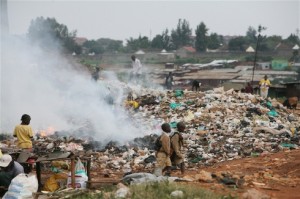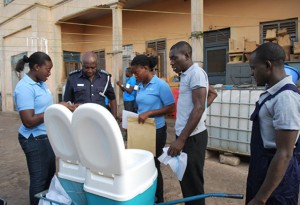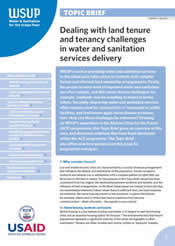Asian Water Development Outlook 2013: Measuring Water Security in Asia and the Pacific, 2013.
This second edition of the Asian Water Development Outlook (AWDO) provides a quantitative and comprehensive view of water security in the countries of Asia and the Pacific. By focusing on critical water issues, AWDO 2013 provides finance and planning leaders with recommendations on policy actions to improve water governance and guidance on investments to increase their country’s water security. AWDO 2013 is presented in three parts.
Part I introduces the five key dimensions of water security and presents the combination of indicators for assessment of national water security. The assessments for individual countries are aggregated to provide regional snapshots, with overviews of what the findings mean, identifying regional issues and hot spots where urgent action is required to improve water security.
Part II applies the indicators to demonstrate how countries in Asia and the Pacific measure up against the AWDO vision of water security, discusses what is at stake, and introduces policy levers that may be used to increase security in each key dimension.









